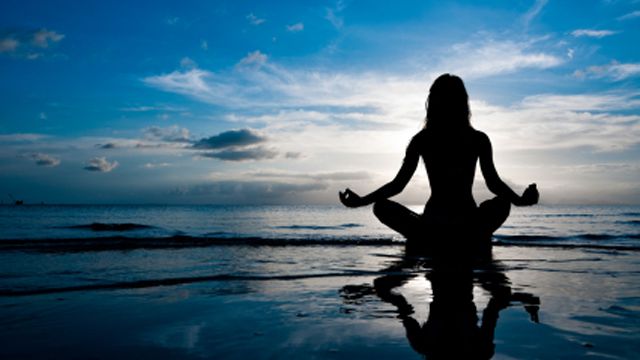Exercise, Stress and Overcoming the Barriers
Posted on November 5th, 2016 by Andries Lodder
We live in a world where stress seems to be increasing and physical activity decreasing. So what are the barriers and how do we overcome them?
Many people in our country report that current stress levels are having a very strong impact on physical health (Stress and Wellbeing survey). Interestingly enough, most people agree that maintaining a healthy lifestyle is important to them. So if we are realizing that a healthy lifestyle (exercise/diet/sleep) is important, then what is stopping us from actively living it?
The stress and wellbeing survey noted in 2014 that the main barriers to a healthy lifestyle were: unexpected life events (63%), loss of motivation (61%), expense (60%), and lack of time (59%). Part of my day-to-day work as an Biokineticist involves breaking down the barriers, which stop people from living a healthy life and in particular exercising. In the next section I will use techniques used in my clinical practice to break down the aforementioned barriers.
- LOSS OF MOTIVATION
Motivation is one of the most important factors in determining if someone will or will not adhere to behaviour change. The individual must also believe that he/she can achieve the specific behaviour. In order to achieve a desirable outcome we need to start small.
Setting SMART goals (specific, measureable, attainable, relevant, and timed) has worked for many of my patients as it gives them freedom to chose a goal that is both relative to their current situation and also achievable. An example of a smart goal: Walk for 30 minutes every Monday, Wednesday, and Friday for 4 weeks.
They key is to be honest with yourself and start small. It’s a long race so by starting small, you avoid gassing at the start.
- EXPENSE
Having worked in low socio-economic areas, this is a barrier I have had to help people overcome all too often. The key to overcoming the money issue is to get creative. Many people don’t know this but your own body, gravity, and the floor are often all you need to start getting active. At the bottom of this blog entry you will find a workout you can complete at home without having to purchase any additional equipment*.
- LACK OF TIME
Time and priorities are often confused. Lack of time means you do not have an extra 30 minutes in your day where you could include exercise. This is rarely the case. First of all we need to prioritize exercise. Whether you wake up an extra 30 minutes earlier to get it out of the way, or you have dinner 30 minutes later. The key is to make time. Your health should be one of your first priorities and exercise greatly improves health.
- UNEXPECTED LIFE EVENTS
I have intentionally left this barrier last as it is one of the hardest barriers to overcome. The truth is we do not know what life will throw our way. What we do know is how we respond and overcome whatever comes our way. Exercise is proven to reduce anxiety and help alleviate depressive symptoms. Exercise therefore, is a lot like our best friend. We sit down with them and tell them our problems, by the time we are done we hopefully feel better even if the situation hasn’t actually changed. So if you are looking to lift your spirits and deal with added stress, exercise is a great shoulder to cry on.
- GETTING STARTED
There is no better time to start than right now. *However, if you are dealing with a specific health condition it is important to pay your GP a visit to see if you can begin exercising safely. If you are still struggling to find motivation and just don’t know where to start, you will be well off seeing a Biokineticist. Biokineticists are health professionals that specializes in helping a wide variety of populations (from people living with complex medical conditions, to the everyday man/woman) break down the barriers and start moving safely. So as Gloria Estefan famously said, ‘Get on your feet. Get up and make it happen’.
Original article by Angelo Sabag, Accredited Exercise Physiologist
Tweet
